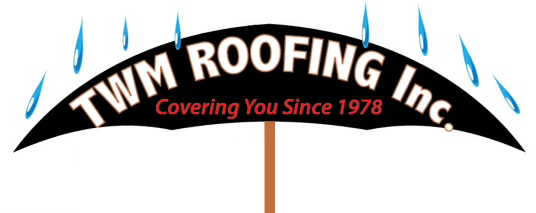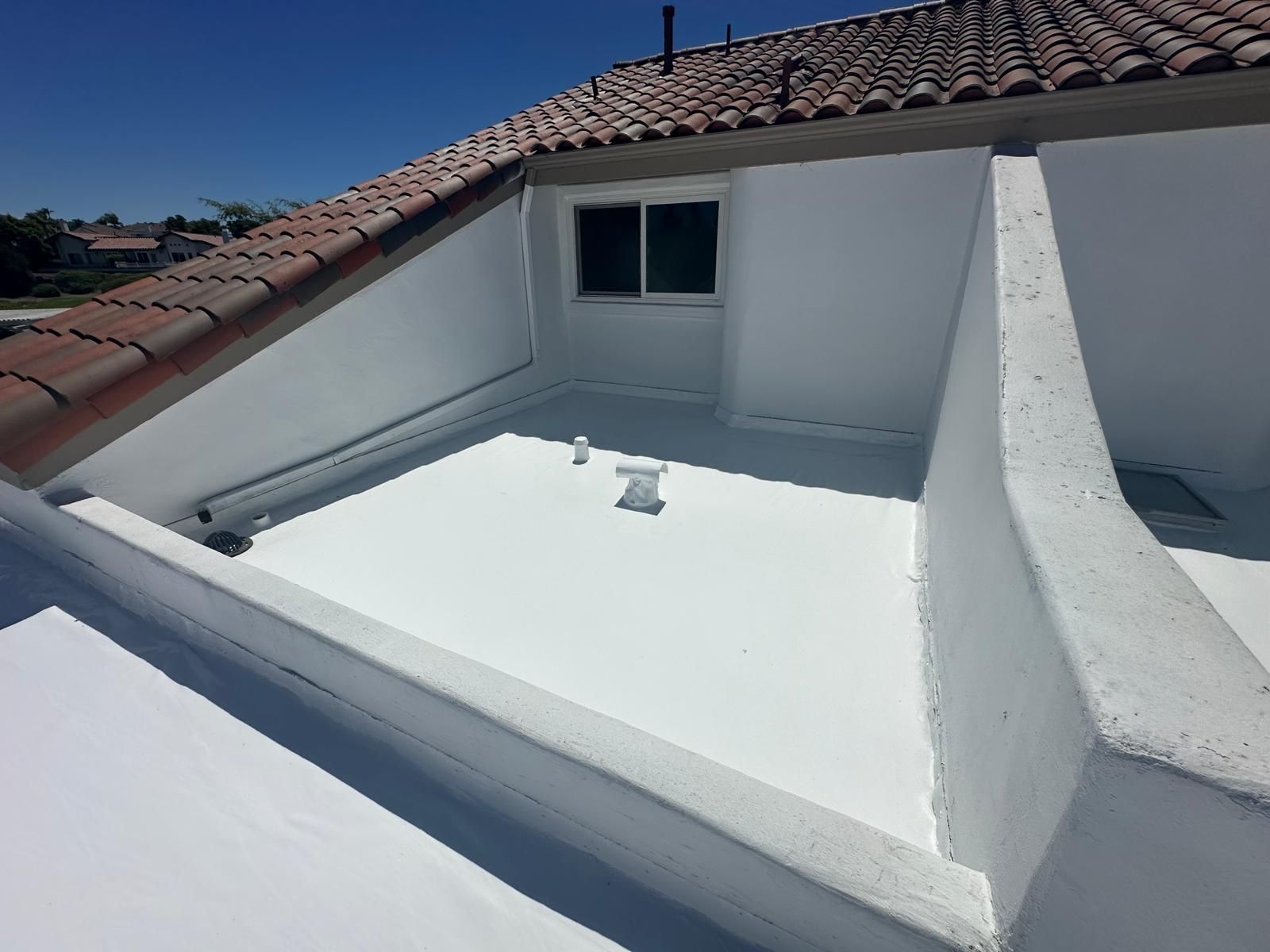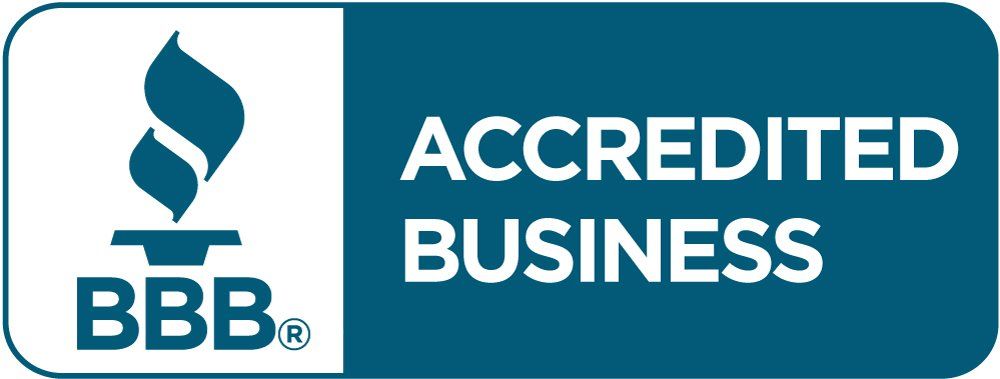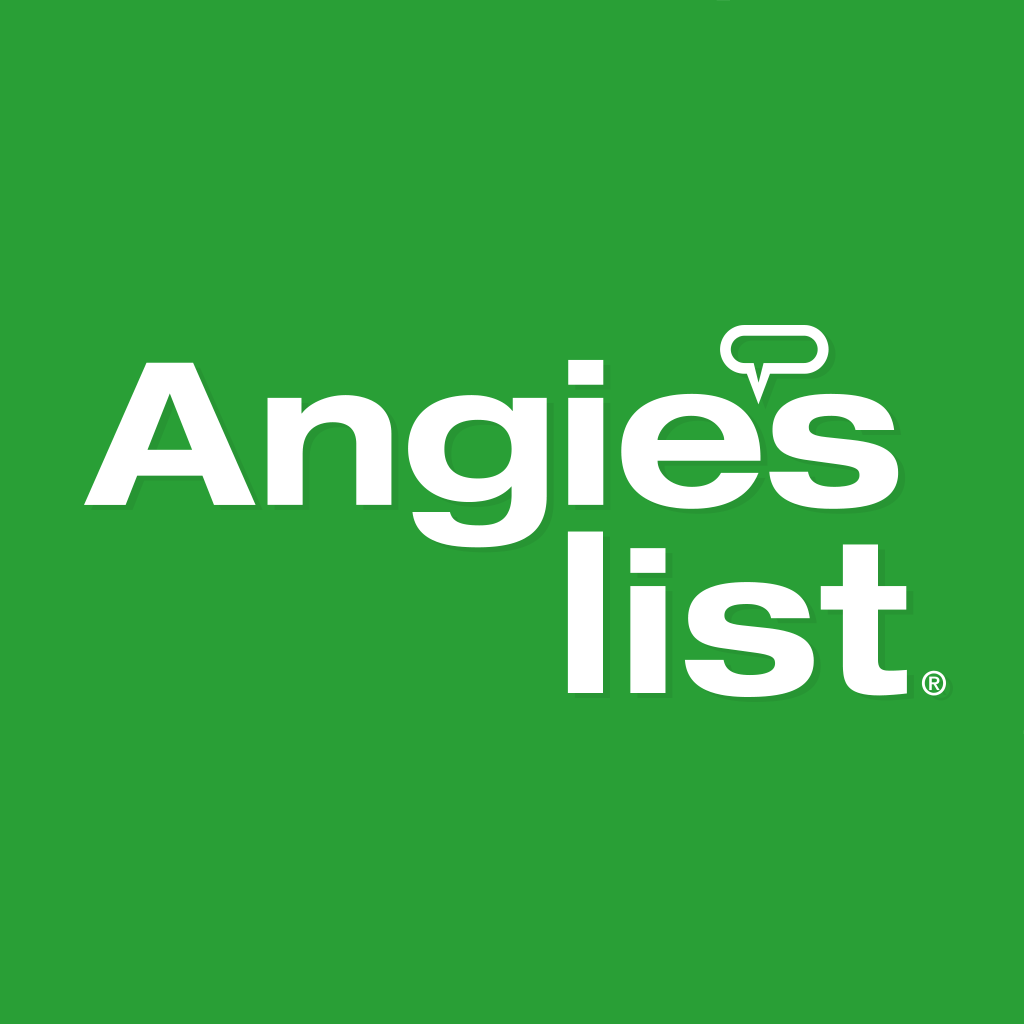Cool Roof Installation
with TWM Roofing
with TWM Roofing
What is a Cool Roof?
A Cool Roof is designed to reflect more sunlight and absorb less heat than a standard roof. It helps keep buildings cooler, especially during hot weather, by using highly reflective paint, sheet coverings, tiles, or shingles.
Benefits of a Cool Roof
For Homeowners:
- Lower Energy Bills: Reduces air conditioning needs by up to 15–20% in warmer climates.
- Increased Comfort: Keeps indoor temperatures more stable and comfortable.
- Extended Roof Lifespan: Less heat stress can help materials last longer.
- Eco-Friendly: Reduces urban heat island effect and your carbon footprint.
For Commercial & Industrial Properties:
- Lower Cooling Costs: Major savings in HVAC usage, especially in large buildings or warehouses.
- Tax Incentives & Rebates: Many states and utilities offer rebates for installing energy-efficient roofing (see below).
- Compliance with Green Building Codes: Helps meet LEED certification, Title 24 (California), and other sustainability goals.
- Boosts Roof Equipment Performance: Cooler roof surfaces protect HVAC units and other rooftop systems from overheating.
Popular Cool Roof Materials
| Material Type | Residential Use | Commercial/ Industrial Use | Notes |
|---|---|---|---|
| Cool Asphalt Shingles | Yes | Yes, but seldom | Available in light colors or reflective granules |
| Reflective Metal Roofing | Yes | Yes | Long-lasting and highly reflective |
| Single-ply Membranes (TPO, PVC) | Yes | Yes | Common on flat commercial roofs |
| Cool Roof Coatings (silicone or acrylic) | Yes | Yes | Cost-effective way to retrofit existing roofs |
| Cool Clay or Concrete Tiles | Yes | Yes | Great for hot climates like California or Texas |
Considerations Before Installing a Cool Roof
- Climate Zone Matters: Cool roofs are most effective in hot and sunny climates. In cooler regions, heat-reflective roofs could increase heating costs in winter.
- Roof Pitch and Style: Not all materials are suitable for all roof types. Flat roofs benefit more from coatings or membranes, while pitched roofs work well with reflective shingles or tiles.
- Local Regulations: Many areas require cool roofing for new construction and major re-roofs.
- Initial Cost vs. Long-Term Savings: Cool roofs are affordable.
Reflective Tiles & Shingles
Reflective roof tiles and shingles are made with solar-reflective granules or materials and colors engineered to bounce back sunlight instead of absorbing it. In Southern California, these products can lower roof surface temperatures by 50–70°F, significantly reducing indoor heat gain.
- Concrete or Clay Tiles with cool roof coatings are common in SoCal’s Spanish-style homes. These can now be purchased with reflective pigments baked in or coated for high reflectance.
- Cool Asphalt Shingles include specialized granules that reflect UV and infrared light, available in a variety of colors (not just white).
Top Reflective Tile/Shingle Manufacturers:
- GAF – Offers ENERGY STAR® rated Timberline® CS (Cool Series) and Timberline HDZ® RS (Reflector Series) shingles.
- CertainTeed – Solaris® series in their Landmark® line.
- Malarkey Roofing – Offers Ecoasis™ series with highly reflective shingles.
- Eagle Tile – Eagle offers numerous Cool Rated roof tiles.
White Roof Shingles
White shingles are one of the most effective and simple cool roof materials due to their high albedo (light reflectance). While not always preferred for aesthetic reasons, they offer unmatched performance for hot climates. In Southern California, white roof shingles can reflect up to 70–80% of the sun’s rays, dramatically reducing cooling loads.
Benefits of white shingles:
- Maximum heat reflectance
- Immediate reduction in roof temperature
- Great option for low-slope or flat roofs
- They’re especially popular in
industrial or commercial applications where appearance is secondary to performance.
Cool Seal Roof Coating
Cool Seal is a reflective roof coating that can be applied over existing roof materials (flat or slightly sloped). It acts like a sunscreen for your roof by forming a seamless, UV-reflective barrier that reduces thermal absorption.
Cool Seal Coating Benefits:
- Energy Efficiency: Reflects UV rays and reduces building temperature.
- Cost Savings: Great for retrofitting older roofs instead of full replacements.
- Flexibility: Works on modified bitumen, metal, built-up, and some single-ply roofs.
- Durability: Helps prevent cracking, splitting, and water infiltration.
- Long Life: High-quality silicone and acrylic coating systems have 10 to 25-year warranties.
Cool Seal products are often elastomeric or silicone-based, making them suitable for the intense sun and infrequent rain of Southern California.
Cool Roof Financial Incentives & Rebates
- Federal Tax Credits: Up to 30% tax credit on energy-efficient home improvements, including cool roofing, under the [Inflation Reduction Act incentives]. Contact your CPA for details.
- Utility Company Rebates: Many utilities offer $0.10 to $0.30 per square foot for installing cool roof materials.
- PACE Financing: Property Assessed Clean Energy programs are available in some areas to finance cool roof upgrades with no money down.
2025 Tax Credit for Energy-Efficient Roofing
The Energy Efficient Home Improvement Credit provides a 30% tax credit for qualifying energy-efficient improvements, including roofing. This credit is available from January 1, 2023, through December 31, 2032.
Dollar Limits
- Annual Limit: Up to $1,200 per year for energy-efficient home improvements.
- Specific Limits: Certain improvements, like exterior windows and skylights, have a limit of $600.
Qualifying Roofing Materials
To qualify for the tax credit, roofing materials must be Energy Star certified. Examples include:
- Reflective Metal Roofing
- Clay Tiles
- Concrete Tiles
- Slate Roofing
- Cool Roof Coatings
- Asphalt Shingles (with reflective granules)
- Solar Shingles
Eligibility
- Residential Properties: Applies to your main home in the United States.
- Business Use: If part of your home is used for business, the credit is prorated based on the percentage of non-business use.
- Commercial and Industrial Properties: Not eligible.
- Home Offices: Partially eligible, based on non-business use.
Determining Product Qualification
Starting in 2025, homeowners must include a Product Identification Number (PIN) from the manufacturer when filing IRS Form 5695 [1] [2]. Here are the key points:
- PIN Requirements: A PIN is a 17-character code assigned by the manufacturer to each item of specified property [1].
- Usage: For any item of specified property placed in service on or after January 1, 2025, taxpayers must include the PIN on their tax returns [1].
- Exceptions: Insulation materials or systems, enabling property, and home energy audits do not require a PIN [1].
- QM Code: For specified property placed in service in 2025, taxpayers may use a QM Code (a unique 4-character code assigned by the IRS) in lieu of a PIN [1].
References
[1] Frequently asked questions about energy efficient home improvements
[2] IRS Confirms $3,200 Credit for Home Upgrades — Here’s How to Claim It
Cool Roof Maintenance & Longevity
- Regular Cleaning: Dirt and debris reduce reflectivity. Annual or bi-annual cleaning helps maintain performance.
- Inspect Coatings: Elastomeric coatings may need reapplication every 10–15 years.
- Prevent Ponding Water: Especially on flat roofs—standing water reduces lifespan and reflectivity.
Whether you’re a homeowner looking to save on summer cooling or a business trying to reduce operational costs and support sustainability, Cool Roofs are a smart investment—especially in sunny, warm climates.
Call TWM Roofing at 760-731-0777 and Request a Free On-Site Estimate. Proudly serving San Diego County, Orange County, and Riverside County with integrity, craftsmanship, and care.
Put your trust in TWM Roofing and YOUR roof will be OUR roof - we’ve got you covered!





